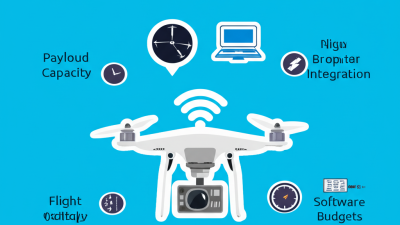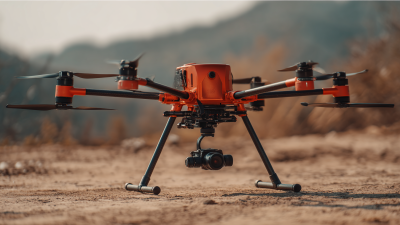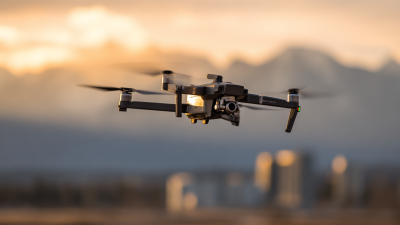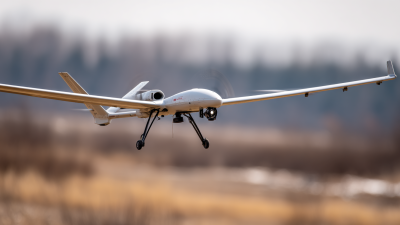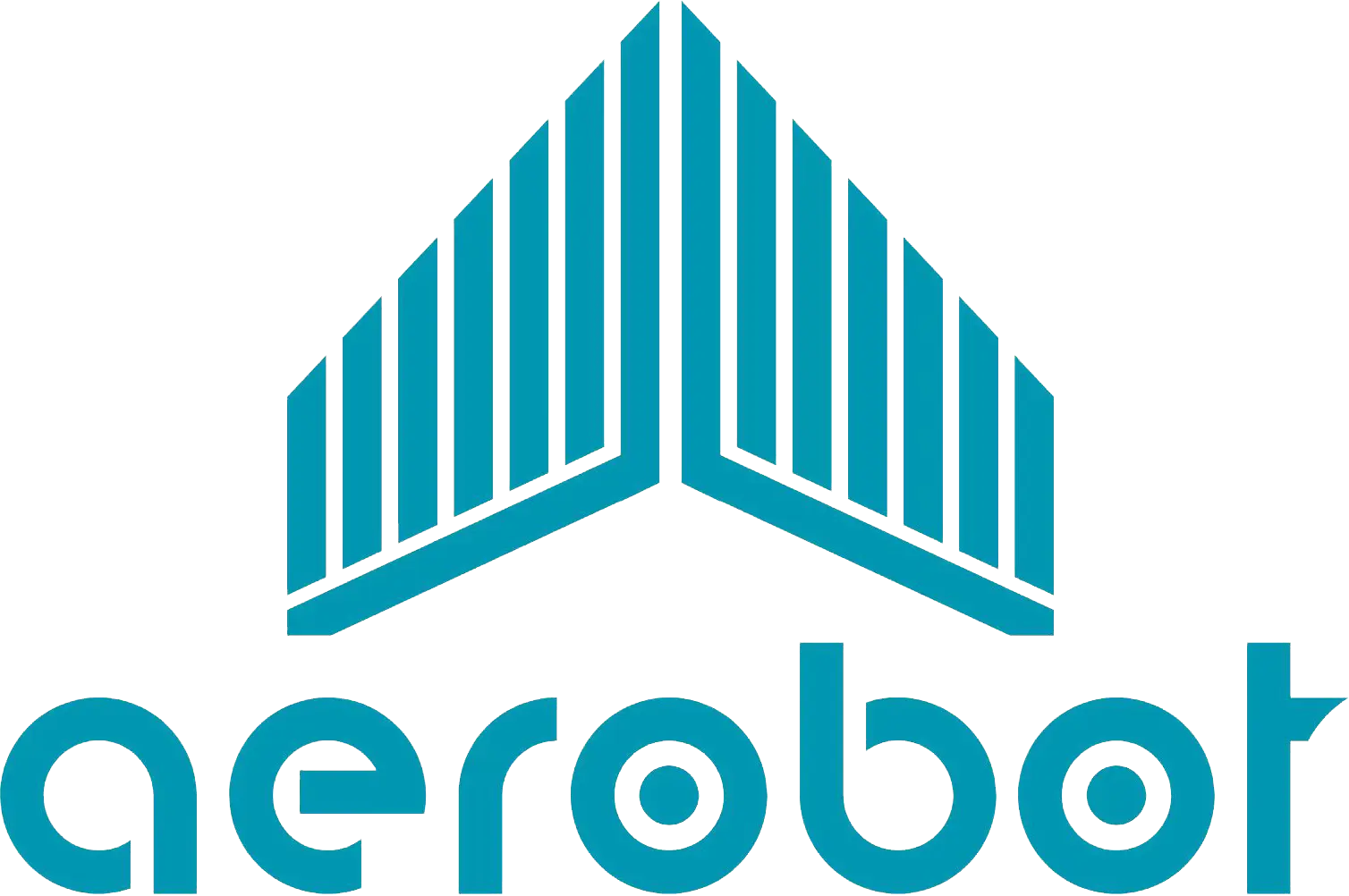Leave Your Message
In recent years, the integration of Long Range Drones into commercial applications has transformed various industries by significantly enhancing operational efficiency and reducing costs. According to a report by MarketsandMarkets, the global drone market is projected to reach USD 43 billion by 2024, with a considerable share attributed to long-range capabilities that enable businesses to cover expansive areas without the need for frequent recharging or manual oversight. Industries such as agriculture, construction, and logistics have been particularly quick to adopt these advanced aerial systems, recognizing their ability to gather data over large terrains, monitor projects seamlessly, and optimize delivery routes. As organizations strive for cost efficiency and improved productivity, understanding how to maximize the potential of Long Range Drones becomes essential for staying competitive in an increasingly tech-driven landscape.
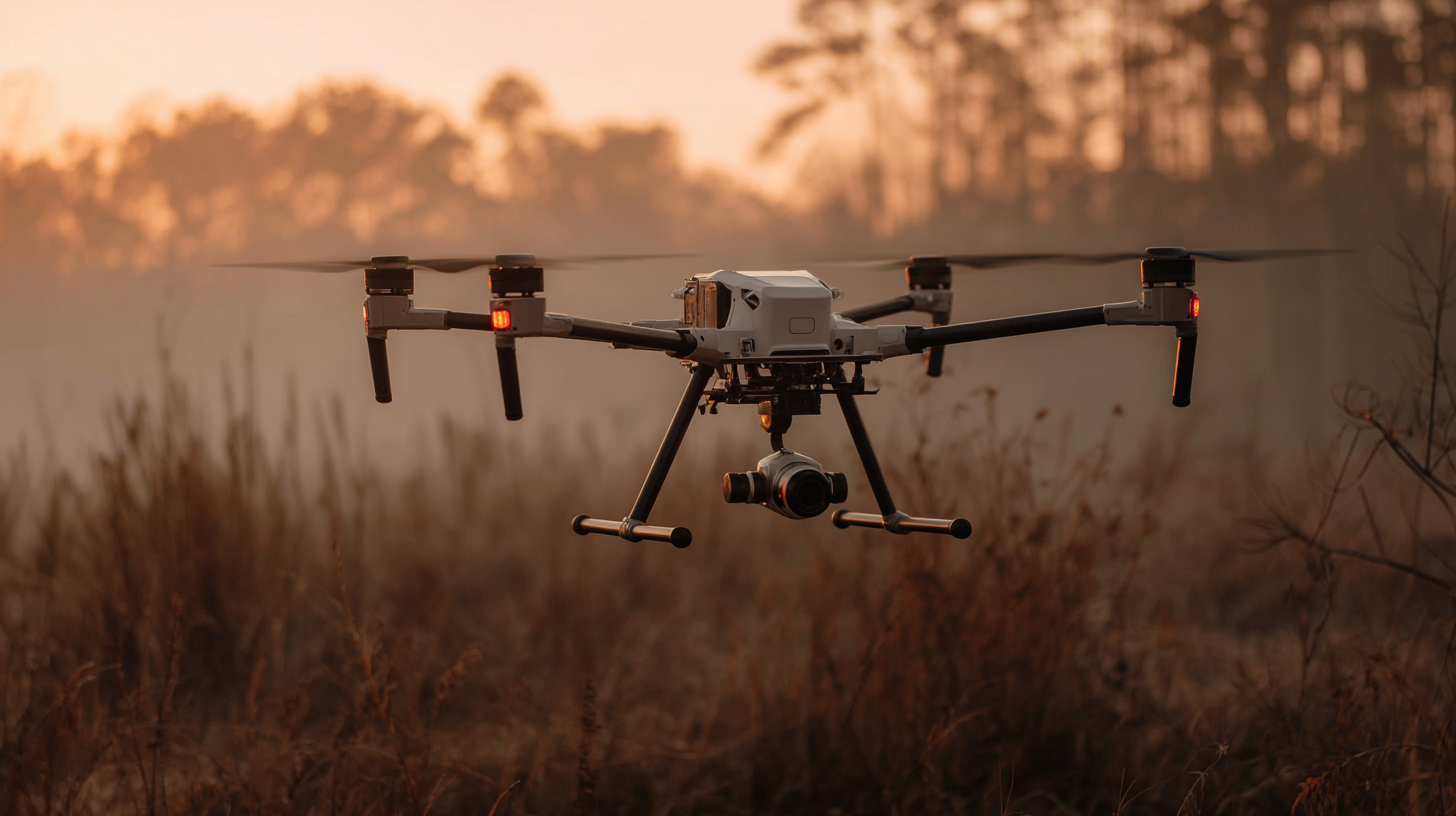
When exploring the potential of long-range drones for commercial applications, it’s crucial to understand the different types and features they offer. Long-range drones are typically categorized into fixed-wing and multirotor designs. Fixed-wing drones excel in covering vast distances and maintaining high speeds, making them ideal for tasks like agricultural monitoring and pipeline inspection. In contrast, multirotor drones are more suitable for tasks that require hovering capabilities, such as surveying construction sites or delivering packages.
To maximize efficiency in your operations, consider these tips when selecting a long-range drone. First, evaluate your specific operational requirements — think about payload capacity, flight time, and the types of sensors you might need. This assessment will help you choose a drone that aligns with your goals. Second, invest in robust data processing software that integrates seamlessly with your drone. This software can significantly enhance your data analysis capabilities, making it easier to derive actionable insights from aerial surveys or inspections.
Finally, training and compliance are essential. Ensure that your team is well-trained in operating the drone and that you adhere to local regulations concerning drone usage. This preparation is key to minimizing risks and ensuring a smooth deployment in any commercial setting.
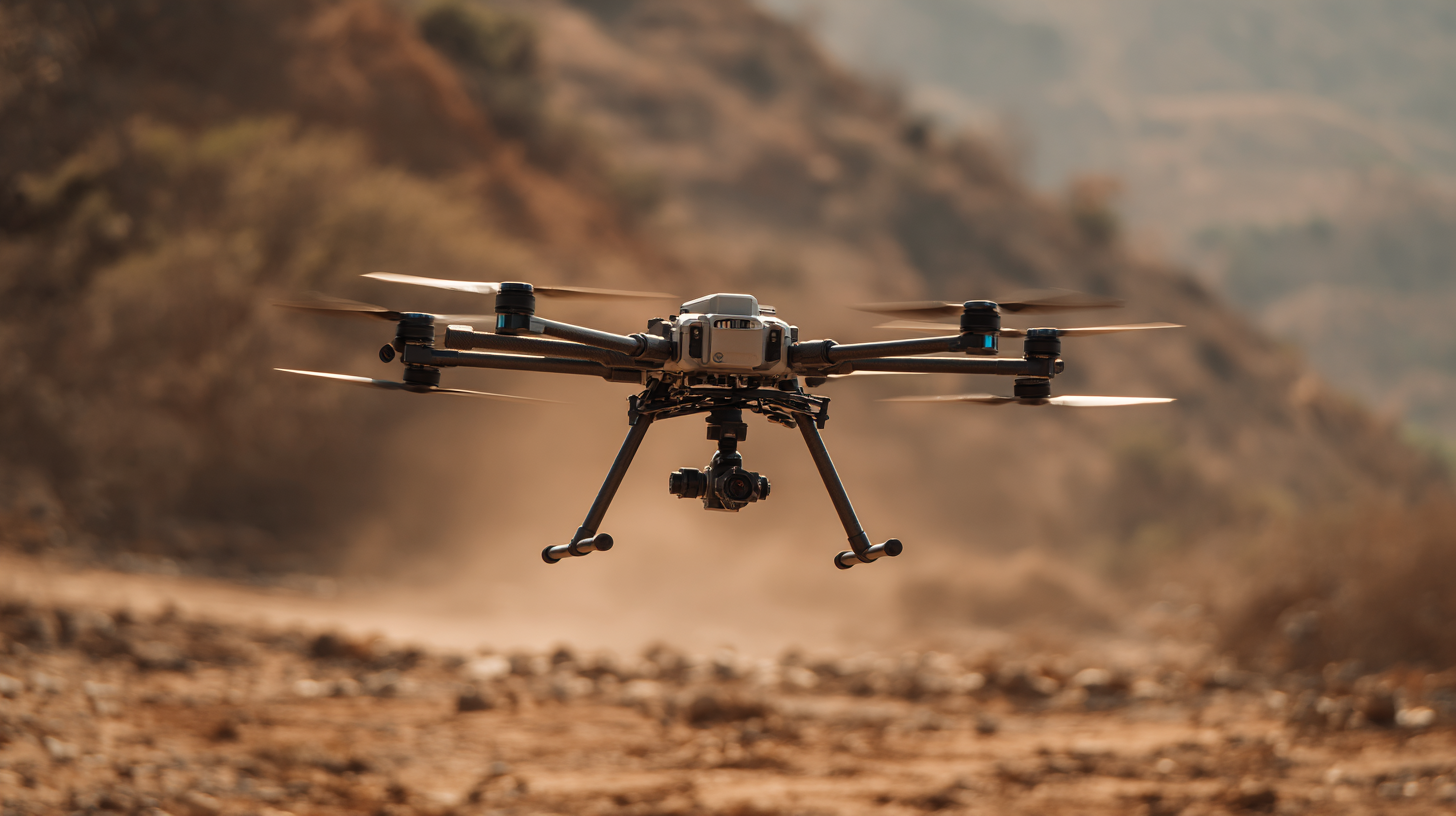
Long range drones are transforming the landscape of various industries by providing unparalleled efficiency and versatility. Their ability to cover extensive areas quickly makes them ideal for applications ranging from agriculture and construction to search and rescue operations. For instance, in agriculture, these drones facilitate precision farming by allowing farmers to monitor crop health across vast fields, enabling timely interventions that can significantly boost yields.
Tip: When integrating long range drones into your operations, prioritize training for your staff. Optimal performance often hinges on the skillful handling of these advanced tools. Comprehensive training ensures that your team can effectively utilize drones for data collection, analysis, and timely decision-making.
In the realm of construction, long range drones offer detailed aerial surveys and real-time progress tracking, which help project managers make informed decisions. These drones can easily navigate difficult terrains and provide high-resolution images, streamlining the planning and execution of construction projects.
Tip: Consider implementing a regular maintenance schedule for your drones to minimize downtime and prolong their lifespan. Regular checks can prevent mechanical failures during critical missions, ensuring that your projects remain on track.
When utilizing long-range drones for commercial applications, optimizing flight plans is crucial for maximizing efficiency. A well-structured flight plan minimizes unnecessary travel time and maximizes coverage. Start by analyzing the mission requirements to assess optimal flight paths. Leveraging advanced GPS technology can help determine the most efficient routes, reducing fuel and time costs.
Tip: Regularly update and review your drone’s geospatial data to ensure that flight paths avoid obstacles and hazards, which can lead to more streamlined operations.
Incorporating automated flight planning software can also significantly enhance efficiency. These tools allow for real-time adjustments based on weather conditions and airspace restrictions. By simulating different flight scenarios, operators can identify the most effective plans to achieve their goals.
Tip: Benchmark different routes and analyze data logs to continually refine your flight strategies. This not only saves operational costs but also improves safety and reliability in long-range drone missions.
Regulatory considerations play a pivotal role for businesses looking to harness the potential of long-range drones in commercial applications. As per the Federal Aviation Administration (FAA), over 1.5 million drones have been registered in the United States, with commercial use rapidly increasing. However, understanding the regulatory landscape is crucial, as businesses must navigate various compliance requirements, including airspace restrictions, pilot qualifications, and operational limitations. For instance, organizations planning to utilize drones must ensure they comply with Part 107 of the FAA regulations to avoid hefty fines and ensure safe operations.
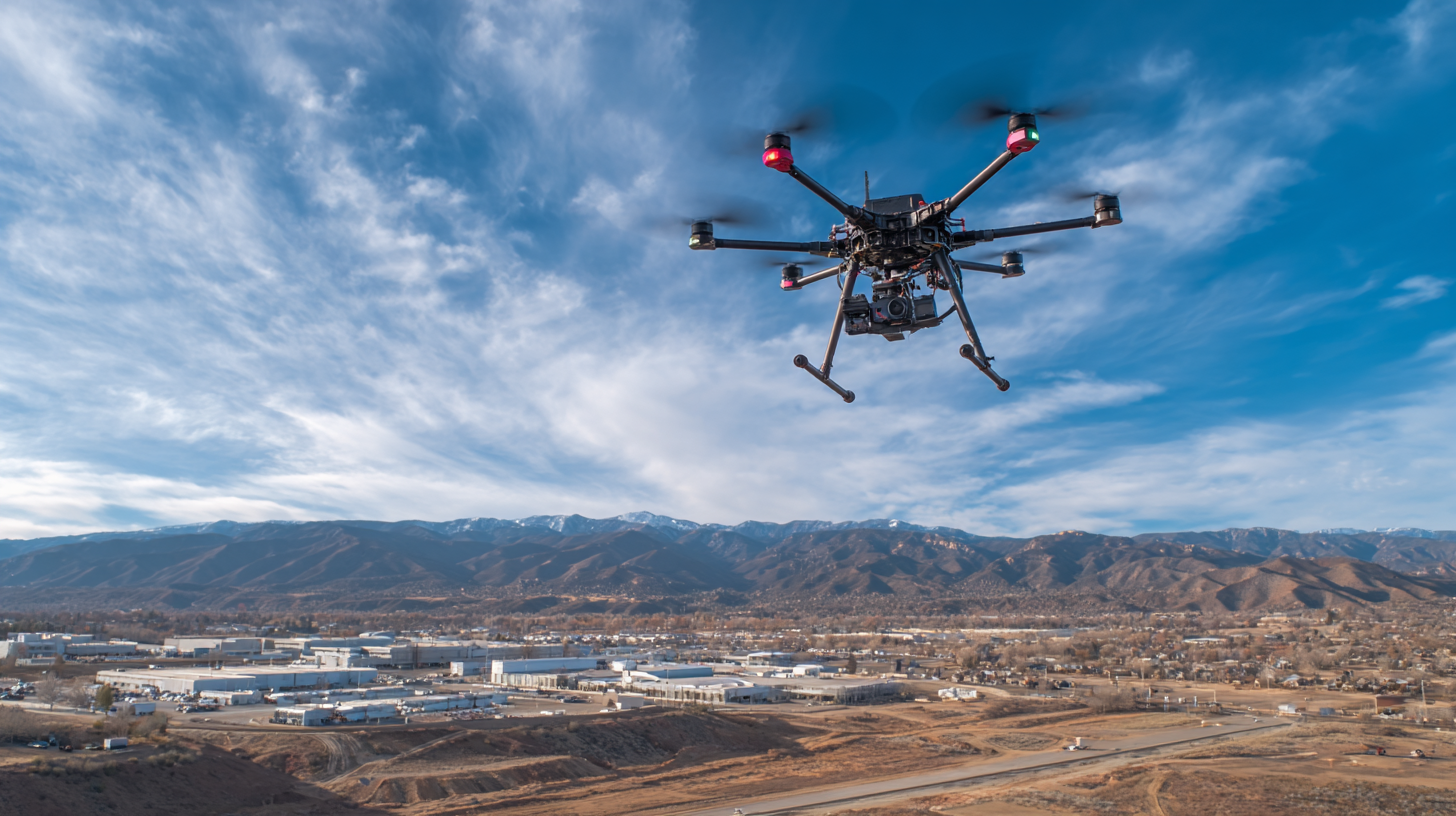
Tip: Stay informed about local and federal regulations by subscribing to updates from aviation authorities and participating in relevant industry forums. This proactive approach can help businesses adapt to regulatory changes more swiftly.
Moreover, companies should be aware of state-specific regulations, which can differ significantly. Certain states impose additional requirements or restrictions, thereby affecting operational capabilities. According to a recent report from the Drone Industry Insights, industries such as agriculture and inspections have seen a 40-60% increase in efficiency due to drone integration, but such gains can only be realized when regulatory compliance is prioritized.
Tip: Engage with legal experts specializing in drone regulations to streamline the compliance process and mitigate risks associated with drone operations. This partnership will facilitate seamless integration of drones into business practices, driving efficiency and innovation.
In recent years, long-range drones have transformed the landscape of various commercial applications, showcasing their potential to enhance operational efficiency and reduce costs. One remarkable case study involves a leading agricultural company that employed long-range drones to monitor crop health and optimize irrigation systems across vast farmland. By utilizing advanced sensors and high-resolution imaging, the drones provided real-time data, allowing farmers to make informed decisions and increase yield significantly, all while minimizing resource wastage.
Another compelling example emerges from the energy sector, where utility companies adopted long-range drones for infrastructure inspections. Traditionally, these tasks required extensive manpower and resources, with teams needing to travel long distances to assess assets. However, using drones equipped with thermal imaging and LiDAR technology enabled faster and safer inspections of power lines and pipelines. This shift not only improved safety by reducing human exposure to hazardous environments but also allowed for quicker maintenance responses, ultimately enhancing the reliability of energy distribution. Such case studies underscore the powerful role long-range drones play in streamlining operations across diverse industries.

